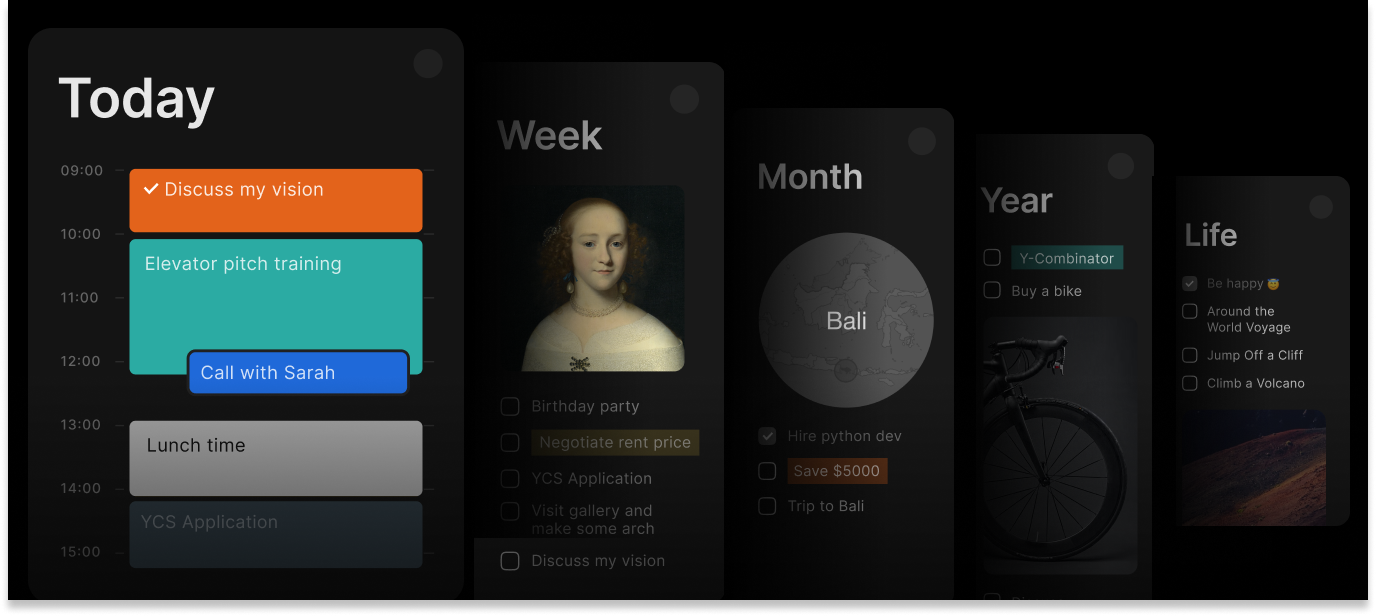What is Sprint Planning?

What is sprint planning? The sprint planning meeting is a cornerstone of Agile methodologies, embodying the sprint planning definition as a collaborative event where teams align on goals and create a roadmap for the upcoming sprint. Understanding what is sprint planning in Agile reveals its role as a structured sprint planning process that drives team focus and productivity. The purpose of sprint planning is to set clear objectives, ensuring the sprint planning purpose aligns with project goals. By exploring how to run a sprint planning meeting effectively, teams can master how to do sprint planning, turning a sprint planning session into a powerful tool for success. This article delves into the sprint planning meaning, offering a sprint planning example to illustrate what is a sprint planning meeting and how it fosters collaboration and clarity for Agile teams.
Why Do Teams Need Sprint Planning?
Here’s the thing about working without sprint planning – it’s like trying to build a house without blueprints. Sure, you might end up with something that looks like a house, but chances are it won’t be what anyone actually wanted.
Sprint planning creates that shared vision everyone needs. When the team comes together to hash out the details, they’re not just dividing up work – they’re creating a common understanding of what success looks like. Everyone walks away knowing not just what they need to do, but why it matters.
The real magic happens when teams embrace the flexibility that comes with regular planning sessions. Things change, priorities shift, and new information comes to light. Sprint planning gives teams the chance to adapt and pivot when needed, rather than stubbornly sticking to a plan that no longer makes sense.

Benefits of Sprint Planning
Sprint planning isn’t just another meeting to endure – it actually delivers some pretty solid benefits that make the time investment worthwhile:
- Getting Everyone Aligned: There’s nothing worse than working hard on something, only to discover it wasn’t what was needed. Sprint planning eliminates that frustration by making sure everyone understands the priorities and goals from the get-go.
- Better Teamwork: When the whole team participates in planning, something interesting happens. People start talking to each other more, sharing ideas, and making decisions together. It breaks down those silos that can form when everyone just focuses on their own tasks.
- Smart Resource Management: Nobody wants to be the team member drowning in work while others are twiddling their thumbs. Sprint planning helps balance the workload by taking an honest look at what everyone can realistically handle.
- Rolling with the Punches: Agile is all about adapting to change, and sprint planning is where that happens. Regular planning sessions give teams the opportunity to course-correct based on what they learned in the previous sprint.
- Ownership and Commitment: When people have a say in planning their work, they’re more likely to feel invested in the outcome. It’s the difference between being told what to do and choosing what to take on.
These benefits explain why sprint planning has become such a cornerstone of successful Agile teams.
Who Participates in Sprint Planning?
Sprint planning works best when you have the right people in the room. Each person brings something different to the table:
Having this mix of perspectives ensures that sprint planning covers all the bases – from business priorities to technical feasibility to practical execution.
The Sprint Planning Process
Sprint planning might seem like it could get chaotic with everyone weighing in, but there’s actually a pretty logical flow to how it works:
Setting the North Star
Everything starts with the Product Owner laying out what the sprint should accomplish. This isn’t about specific tasks yet – it’s about the bigger picture of what success looks like. If you’re curious about bridging daily execution with strategic vision, learn how Horizons helps align short-term sprints with long-term goals across different time frames.
Taking Stock of Options
The team digs into the product backlog, which is essentially their wish list of features and improvements. The Product Owner makes sure everything is clearly explained and properly prioritized based on what will deliver the most value.
Being Realistic About Capacity
This is where teams get honest about what they can actually handle. Maybe someone’s going on vacation, or there’s a big presentation coming up. Better to account for these things upfront than to overcommit and stress everyone out.
Making the Tough Choices
Here’s where the rubber meets the road. Based on the goal and available capacity, the team decides which backlog items make the cut for this sprint. It’s a balancing act between ambition and realism.
Getting Into the Details
Once the team knows what they’re committing to, they break everything down into manageable chunks. This is where estimation techniques like story points come in handy, helping the team gauge how much effort each piece will require.
Sealing the Deal
The final step is making sure everyone’s on board with the plan. The team reviews what they’ve committed to, confirms everyone knows their role, and officially kicks off the sprint.
This process ensures that by the time the meeting wraps up, everyone knows exactly what they’re working toward and how they’re going to get there.
Tools for Effective Sprint Planning
While sprint planning can technically happen with just a whiteboard and some sticky notes, modern tools can make the whole process much smoother. And Timestripe has evolved to support the way Agile teams actually work:
- Organized Backlogs: Instead of hunting through endless spreadsheets or documents, teams can keep their product backlog neat and organized, with clear priorities and detailed descriptions right where everyone can see them.
- Visual Progress Tracking: Kanban boards and Gantt charts help teams see the big picture of how work flows through the sprint, making it easier to spot bottlenecks or adjust plans on the fly.
- Seamless Communication: Integration with chat and video tools means teams can keep the conversation going even after the formal planning meeting ends.
- Data-Driven Insights: Automated dashboards give teams visibility into how they’re performing, helping them make better estimates and commitments in future planning sessions.
Timestripe takes the administrative burden off teams so they can focus on what really matters – delivering great work.
Common Mistakes in Sprint Planning and How to Avoid Them
Even well-intentioned teams can stumble when it comes to sprint planning. Here are some traps to watch out for:
Avoiding these pitfalls helps ensure that sprint planning actually sets teams up for success rather than frustration.
Start Sprint Planning with Timestripe
Sprint planning is really about bringing teams together to create clarity and alignment around shared goals. When done well, it transforms a group of individuals into a cohesive unit working toward the same objectives. The structured approach, combined with the right tools and mindset, helps teams stay organized and focused throughout each sprint.
The collaborative nature of sprint planning – where everyone has input and everyone commits to the outcome – is what makes it such a powerful practice. It’s not just about dividing up work; it’s about creating shared ownership of success.
Read next

Make Sprint Planning Actually Work
Turn chaotic planning sessions into productive team alignment
Get Started

